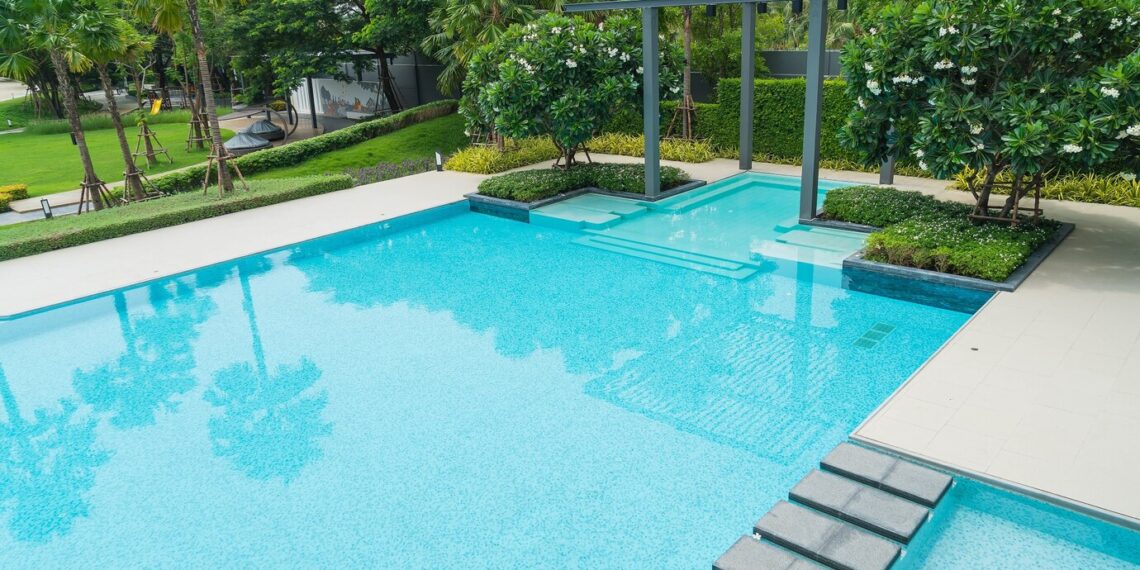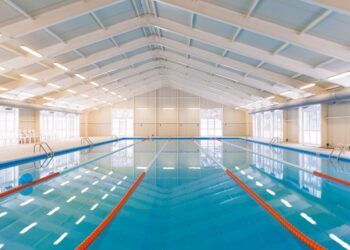Maintaining a fibreglass pool is essential for ensuring its longevity, cleanliness, and safe enjoyment for all users. While fibreglass pools are known for being low-maintenance compared to other types of pools, improper care can still lead to costly repairs and frustration. To keep your pool in top shape, it’s crucial to avoid common mistakes. In this article, we’ll discuss the most frequent fibreglass pool maintenance mistakes and how to avoid them.
1. Neglecting Regular Cleaning
Why Regular Cleaning Matters
One of the easiest and most overlooked pool builders perth maintenance tasks is regular cleaning. Over time, debris such as leaves, dirt, and insects can accumulate in your pool, leading to clogging in the skimmer baskets, filters, and pump. If not addressed, this debris can cause the filtration system to work harder, potentially resulting in costly repairs.
How To Avoid It
To avoid neglecting regular cleaning, set up a cleaning schedule. Regularly check and empty the skimmer baskets to ensure your filtration system is running smoothly. Additionally, use a pool net to remove larger debris from the water’s surface daily. Once a week, brush the pool walls and floor to prevent algae build-up and dirt accumulation. By staying on top of cleaning, you can avoid more significant issues later.
2. Over-Chlorinating or Under-Chlorinating
The Risks of Imbalanced Chlorine Levels
Maintaining proper chemical balance is one of the most important aspects of pool maintenance. Chlorine is essential for killing bacteria and keeping your pool water safe. However, adding too much or too little chlorine can cause a variety of problems.
Excess chlorine can lead to skin irritation, faded pool surfaces, and damage to pool equipment. On the other hand, insufficient chlorine levels can result in algae growth, bacteria, and cloudy water, making your pool unsafe for swimming.
How To Avoid It
To prevent chlorine imbalance, regularly test your pool water using a reliable pool water testing kit. Aim to maintain a chlorine level between 1 and 3 parts per million (ppm). If your pool’s chlorine levels are too low, use a chlorine tablet or shock treatment to bring them back up. If the levels are too high, allow the chlorine to dissipate by keeping the pool uncovered and circulating the water. Testing the water weekly and adjusting your chemical levels as necessary will help keep your pool safe and clean.
3. Ignoring pH and Alkalinity Imbalance
Understanding pH and Alkalinity
Chlorine isn’t the only chemical that requires monitoring in a fibreglass pool. The pH and alkalinity levels in your pool must also be balanced to ensure the water remains healthy and clear. A pH level that is too high or too low can affect the chlorine’s ability to sanitize the water, while improper alkalinity can lead to corrosion of your pool’s surfaces or equipment.
How To Avoid It
Test your pool water regularly for pH and alkalinity, aiming for a pH range of 7.2 to 7.6 and alkalinity between 80 and 120 ppm. To adjust pH, you can use pH increasers or decreasers, while alkalinity can be raised or lowered with the right chemicals.
4. Using the Wrong Pool Equipment
The Importance of Appropriate Equipment
Using inappropriate or damaged equipment can quickly cause harm to your fibreglass pool. Pool vacuums, brushes, and skimmers should be specifically designed for fibreglass surfaces to avoid scratching or damaging the gel coat. It’s also essential to choose the right pool cleaner for your pool size and shape to ensure thorough cleaning without putting unnecessary strain on the system.
How To Avoid It
Invest in pool equipment made for fibreglass pools. Ensure that all equipment is in good working condition, including your pool pump, filter, and vacuum. Inspect your equipment regularly for any signs of wear or damage, and replace any worn parts as needed.
5. Overlooking Pool Surface Care
Why Pool Surface Care Is Essential
Fibreglass pool surfaces are relatively low-maintenance, but they still require attention. Over time, the gel coat of your fibreglass pool can become damaged if not properly cared for. This can result in unsightly stains, fading, and deterioration of the pool’s surface, which can significantly impact its aesthetic appeal and longevity.
How To Avoid It
Clean your fibreglass pool regularly with a soft-bristled brush to avoid abrasive damage to the surface. If you notice any stains, address them promptly using a pool stain remover that is safe for fibreglass. Additionally, apply a pool surface conditioner every few months to maintain the integrity of the gel coat. Protect the surface from harsh chemicals, and avoid using harsh cleaning tools that could scratch or damage it.
6. Skipping the Pool Filter Maintenance
The Importance of Pool Filter Maintenance
Your pool filter plays a vital role in keeping the water clear by trapping dirt, debris, and other contaminants. If you fail to maintain the filter, it can become clogged and inefficient, leading to cloudy water and strain on your pool’s pump system.
How To Avoid It
Regularly clean and maintain your pool filter to keep it in good working order. If you have a sand filter, backwash it every 4 to 6 weeks, depending on pool usage. For cartridge filters, remove and rinse them every few months or as needed. DE (diatomaceous earth) filters should be cleaned and recharged with fresh DE powder every 6 months.
7. Not Winterising Your Pool
The Risks of Not Winterising Your Pool
In areas where temperatures drop below freezing, failing to winterise your fibreglass pool can lead to severe damage. Without proper preparation, pipes can freeze and crack, and pool equipment can become damaged. Additionally, debris can build up in the pool during the off-season, leading to the need for intensive cleaning when you open the pool in spring.
How To Avoid It
Before winter sets in, properly winterise your fibreglass pool by cleaning the pool thoroughly, balancing the water chemistry, and lowering the water level if necessary. Remove all pool equipment and store it in a dry place to prevent freezing or damage.
Conclusion
Maintaining a fibreglass pool may seem like a simple task, but avoiding the common maintenance mistakes listed above is key to keeping your pool in excellent condition. By staying on top of cleaning, balancing your pool’s chemicals, using the right equipment, and caring for your pool’s surface, you can enjoy your fibreglass pool for many years to come. Regular maintenance not only extends the life of your pool but also ensures a safe and enjoyable swimming experience for you and your family.








